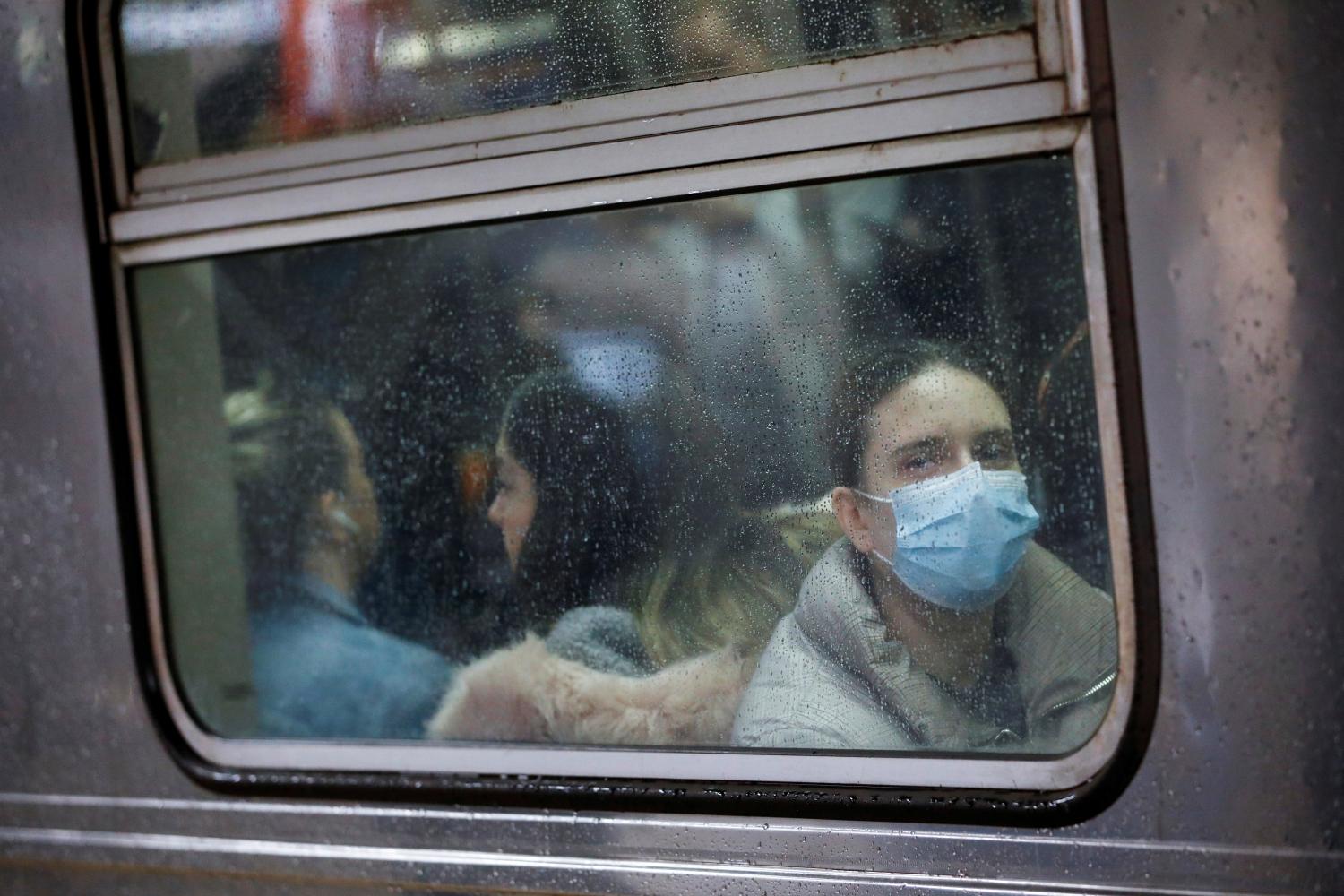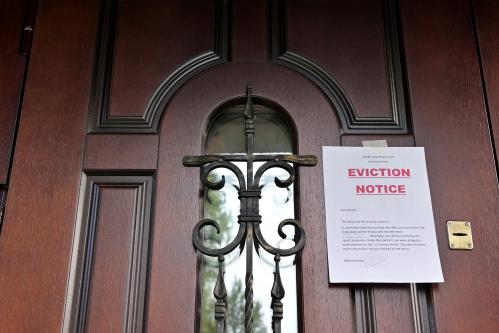The Centers for Disease Control and Prevention’s (CDC) eviction moratorium for the COVID-19 pandemic provided acute relief to people who were struggling to pay rent. That moratorium expired on July 31; however, neither abruptly ending it nor prolonging it will solve the problem of housing insecurity, particularly in Black-majority neighborhoods and for low-income, essential workers.
The COVID-19 pandemic’s health and economic impacts hit Black communities hard because of several systemic risk factors, including higher rates of intergenerational housing, neighborhood poverty, and comorbidities. Mass evictions can only worsen outcomes.
A review of the literature published in Social Science & Medicine found broad consensus that evictions have detrimental health effects on households during normal times. Those effects have been exacerbated during the pandemic. While the moratorium delayed the execution of evictions, it was only temporary, and many households who struggled throughout the pandemic now face a high risk of housing insecurity. Although predicting how many renting households cannot pay their rent is difficult in the absence of federal data collection, a historic eviction wave is on the horizon. The Aspen Institute estimated the number of at-risk people to be between 30 million and 40 million.
One avenue for insight into the looming eviction crisis is looking at eviction filings, which the CDC moratorium did not stop. Just like before the pandemic, eviction filings have continued to disproportionately hit Black communities throughout the pandemic in the places we have data for. Using data from Princeton University’s Eviction Lab, we document eviction filings taking place from the week of March 15, 2020, through the week of June 27, 2021. The data is available for five states and 17 cities at the census-tract level.
There were 351,421 eviction filings in these areas during the pandemic. And while Black-majority neighborhoods hold 10% of these cities’ and states’ populations, they accounted for 24% of eviction filings. Comparatively, neighborhoods with less than 1% Black population also account for 10% of these cities’ and states’ populations, but they accounted for 3% of eviction filings. In the chart below, we show the percentage of eviction filings in neighborhoods by share of the Black population.

The 351,421 eviction filings is still significantly lower than the 771,748 filings Eviction Lab predicted would have occurred during normal times. This is similar to the finding by RVA Eviction Lab at Virginia Commonwealth University, which found that evictions filings and judgements in Virginia were down 63% and 81%, respectively. This decrease was felt most significantly in Black-majority neighborhoods.

The impending eviction crisis also reveals the housing insecurity of members of the working class, whose wages have not kept pace with housing prices. Many of them are also the pandemic’s “essential” workers.
According to the National Low Income Housing Coalition, workers deemed essential—including food service workers, home health aides, cooks and prep workers, and others—have “risked their lives during the pandemic, but don’t get paid enough to afford housing.” These workers have long been essential, but it has taken the COVID-19 pandemic for them to be acknowledged as such, and it is taking businesses even longer to raise wages to compensate them.
Essential and low-wage workers should be compensated enough to reflect the critical roles they play in the economy. The 2021 National Housing Wage—the estimated hourly wage full-time workers must earn enough to afford a modest one-bedroom rental home at the Department of Housing and Urban Development’s (HUD) fair market rent rate without spending more than 30% of their income—is $20.40 per hour. The federal minimum wage, $7.25, is well below that.
California is planning on using $5.2 billion in federal stimulus money to pay 100% of unpaid rent lower-income Californians incurred during the pandemic. The state has also extended its eviction moratorium to September 30. The state of Washington also extended its eviction moratorium to September 30 with some modifications: Beginning August 1, landlords can take action against tenants who are not paying rent or seeking rental assistance as long as they offer tenants a reasonable repayment plan before beginning the eviction process. Lawmakers in Oregon approved a 60-day eviction delay for renters who seek rent assistance.
While these types of eviction-prevention methods are helpful for recipients, they do not address the fundamental issues of America’s long-standing eviction crisis, which will require action on both housing and labor. Rental assistance programs from HUD and the Department of Agriculture are severely underfunded. So-called “right to work” laws in some states constrain labor protections, drive down wages, and make affording and paying rent more difficult. And a recent poll showed that 80% of Americans agree that the federal minimum wage is too low.
Black neighborhoods and low-wage, essential workers will bear the brunt of the coming eviction crisis. But a simple extension of the CDC moratorium isn’t the answer. The eviction crisis won’t be solved if we don’t address why residents have difficulty paying rent to begin with.
The Brookings Institution is committed to quality, independence, and impact.
We are supported by a diverse array of funders. In line with our values and policies, each Brookings publication represents the sole views of its author(s).








Commentary
As the eviction moratorium ends, we need a long-term solution to housing insecurity
August 2, 2021